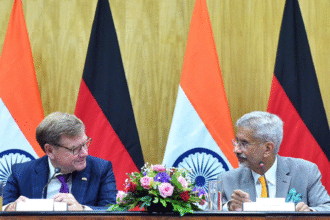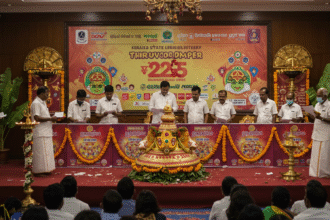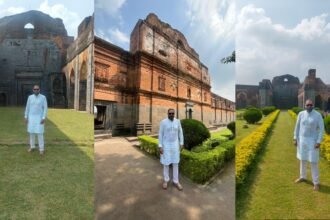Jaipur: India is set to launch its largest nuclear power project near the Mahi Dam in Banswara district of Rajasthan, with an estimated cost of around ₹50,000 crore. The Mahi-Banswara Atomic Power Plant (MBRAPP) will feature four indigenous 700 MW Pressurised Heavy Water Reactors (PHWRs), adding a total of 2,800 MW to the national grid.
According to The Times of India, the Atomic Energy Regulatory Board (AERB) granted siting clearance for the project in May 2025, marking a critical regulatory milestone. The project site, spread over more than 1,300 acres near the Rajasthan–Madhya Pradesh border, has been identified as a key location for India’s nuclear expansion.
As reported by The Economic Times, the plant will be developed under Anushakti Vidyut Nigam (ASHVINI), a joint venture between the Nuclear Power Corporation of India Limited (NPCIL) and NTPC Limited. The approval is subject to safety and environmental stipulations, while forest and environmental clearances are still pending.
The project is part of India’s “fleet mode” approach, aimed at building a series of standardised 700 MW PHWRs to accelerate nuclear capacity addition. This strategy is expected to streamline costs, reduce construction timelines, and strengthen India’s clean energy roadmap.
The Times of India report indicates that the first reactor at Mahi-Banswara could be operational by 2031, with the entire project expected to be completed by 2036. Once functional, it will be the largest nuclear facility in India, playing a central role in the government’s plan to triple nuclear capacity by 2031.
Currently, nuclear energy contributes less than 3% of India’s electricity generation. Projects such as Mahi-Banswara are seen as vital for diversifying the energy mix, reducing dependence on fossil fuels, and meeting long-term climate commitments.















